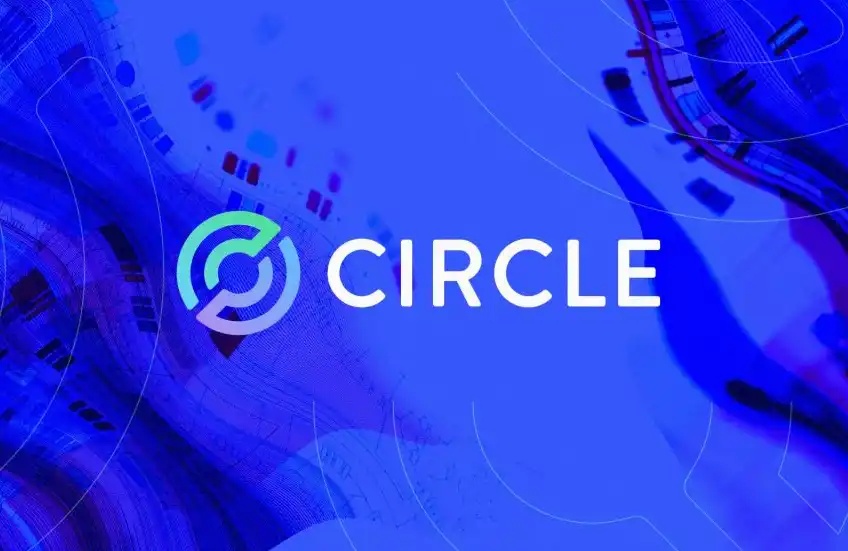Different income gaps among Rollup operators.
Original author: @poopmandefi
Original translation: Luccy, BlockBeats
This article is a compilation of the views of the encryption KOL, @poopmandefi, on social media platforms. BlockBeats has summarized them as follows:
一个成功的 Rollup 利润十分可观
Translation:
A successful Rollup can bring considerable profits
Zksync has accumulated a revenue of 20 million US dollars (excluding costs) through Rollup.
Arbitrum's revenue is approximately 11.87 million US dollars.
Optimism's income is about 8.9 million US dollars.
Base income is approximately $5.14 million.

Rollup generates revenue in what way?
Rollup generates revenue in five ways, which will be discussed in detail below:
Rollup 是一种 JavaScript 模块打包器,它将多个模块组合成一个单独的文件。它的主要目的是将代码压缩和优化,以便在浏览器中更快地加载。Rollup 支持 ES6 模块语法,并且可以将其转换为浏览器可以理解的格式。Rollup 还支持许多插件,可以帮助开发人员更轻松地构建和管理项目。
2.Rollup Three Participants in Economics
3.Rollup Cost
(Note: This is a direct translation without considering the context or industry-specific terms. English words and phrases, as well as capitalized English words and phrases, are not translated or omitted, such as ZKS, STARK, SCROLL. If there are English characters in the a link, they are not translated and returned directly. When there are only punctuation marks in the content, the punctuation marks are returned as they are. HTML tags in the content, such as, , ,, are not translated. If there are English characters in the HTML tags, they are omitted and returned directly. The content in the a link is preserved. All Chinese characters are translated.)
4.Rollup Revenue
5.Rollup Economic Summary
Let's dive into the Rollup solution for blockchain scalability.
What is Rollup?
First of all, Rollup is a scaling solution that aims to increase the capacity of blockchain networks. The basic idea is to move some transaction data from the main chain (such as Ethereum) to a sidechain or Layer 2 for processing, and only submit the final results to the main chain when necessary. This approach can reduce the transaction load on the main chain. Currently, there are two popular types of Rollup: Optimistic Rollup and ZK Rollup.
Although there are differences in their proof methods, they all have a common goal: to achieve a balance between Rollup costs and revenue. To understand how they achieve this, we first need a basic understanding of Rollup economics.
Rollup Economics' Three Participants
First of all, there are three main participants in Rollups: users, operators, and Ethereum/base layer. Each of these participants represents a part of the internal value flow in Rollup.
Rollup's survival depends on users, who pay gas fees on Rollup/Layer 2 to execute transactions. These fees are one of the main sources of income for Layer 2. Detailed information about income will be discussed in detail later.
The fees paid by users will flow to the operators of the Rollup, who are responsible for sorting, bundling, batch processing, or computing transactions that require proof of validity.
Finally, compression transactions or messages from Rollup need to be settled on the underlying layer, which is the most expensive part of all steps. At the same time, running a system inevitably incurs costs and revenues, which incentivize each participant to work.
Within just 3 months, zksync paid over $13 million for data availability (DA) and verification costs, followed by $8.3 million for Arbitrum and $6.5 million for Optimism. But what are the sources of these costs? The three main factors that led to these costs include:
· Operator costs
· 数据可用性成本(Data availability costs,DA)· Verification costs (验证成本)
Rollup Cost
Operator costs: Costs related to sorting, transaction verification, block generation, and other aspects of batch transaction processing. As most Rollup operators are currently centralized, these costs are borne by the protocol itself or its partners.
Data Availability Cost: DA cost is the cost of batch submission. Once the operator has accumulated enough data, it will be released to the underlying layer in the form of "CALLDATA". The cost of publishing data is borne by the underlying layer, and the market price of data is determined by EIP-1559.
Verification Cost: In zkRollup, nodes on L2 need to submit validity proofs to prove the correctness of changes. This process incurs a verification cost every time a state change is required.
Rollup Revenue
Now that we understand the main costs of Rollup, there must be corresponding revenue to offset these costs. Rollup's revenue depends on two main areas:
· Transaction feesToken Issuance
Transaction fees: Every time a user makes a transaction on Rollup, a certain fee will be charged from the transaction. In addition, Rollup can generate revenue through congestion fees (in the sequencer) and MEV (Maximal Extractable Value) extracted from transactions by miners.
Token Issuance: Launching a native Layer 2 token can be an important source of revenue for the team. Tokens help pay for infrastructure costs, while also incentivizing operators and investors, and promoting decentralization in shared services (the future of Layer 2).
Without including token issuance and fundraising revenue, zkSync still generates approximately $20 million in revenue by accumulating transaction fees, with a profit of $6.87 million after deducting costs, ranking first. Meanwhile, Base and Arb both earned $3.5 million in profit, tied for second place.
Rollup Economic Summary
Rollup involves three main participants: users, operators, and the base layer (L1).
The cost of running this system includes operator costs, data availability costs, and verification costs (which account for the majority of costs in zkRollup). To offset these costs, Rollup's revenue relies on transaction fees and token issuance.
A deeper understanding of the value flow between users and operators in the encryption industry can be summarized by the following equation:
Operator revenue = L2 user fees + MEV in sequencer
Operator profit = Operator revenue - Operator cost
Through these basic mathematical calculations, we can estimate the profitability of different operators in Rollup.
Given this, maintaining budget balance or surplus remains the primary goal for every L2. Therefore, many L2s are experimenting with different economic designs, including:
• Reduce the cost of sending to L1 through strategic means.
Welcome to join the official BlockBeats community:
Telegram Subscription Group: https://t.me/theblockbeats
Telegram Discussion Group: https://t.me/BlockBeats_App
Official Twitter Account: https://twitter.com/BlockBeatsAsia
 Forum
Forum OPRR
OPRR Finance
Finance
 Specials
Specials
 On-chain Eco
On-chain Eco
 Entry
Entry
 Podcasts
Podcasts
 Data
Data

















